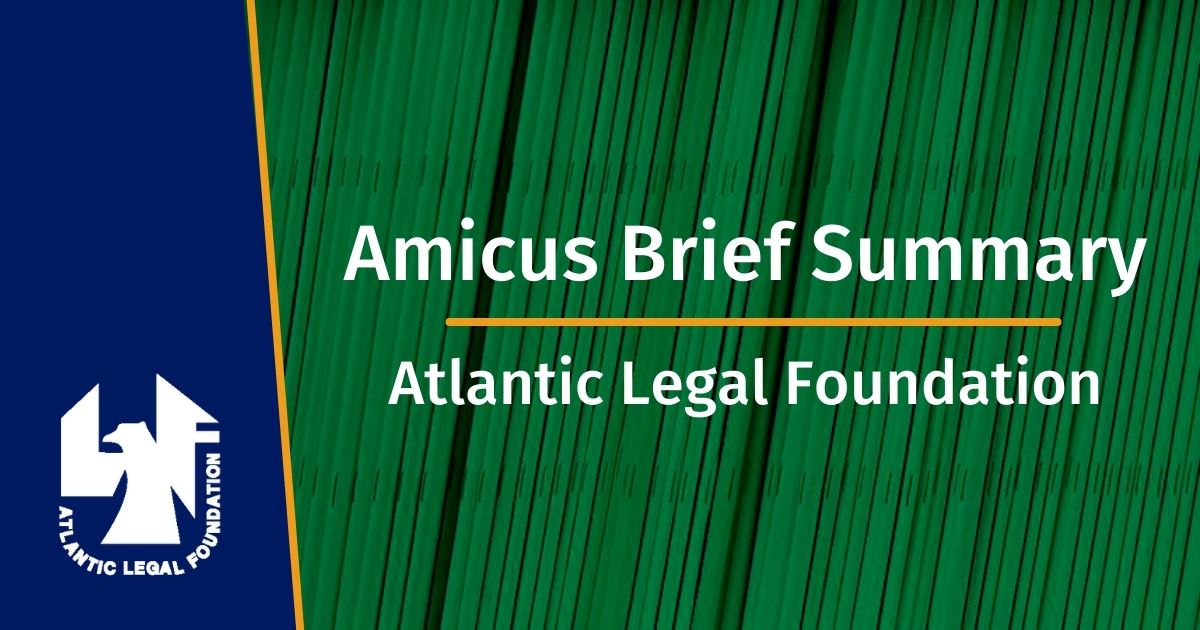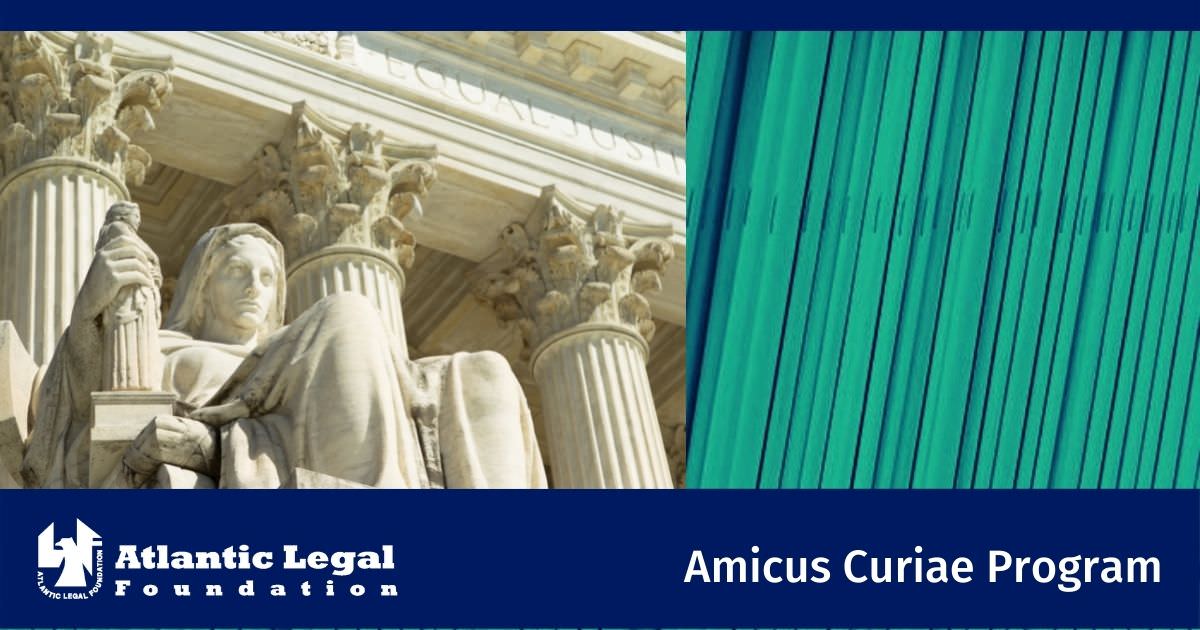
Predominance Requirement: Must Plaintiffs Produce Evidence of Class-Wide Harm For Certification?
The underlying case is an antitrust multi-district litigation pending in the Northern District of Ohio, in which purchasers and users of polyurethane foam, a material used in many consumer products, allege a price-fixing conspiracy among manufacturers and suppliers of that foam. Plaintiffs sought certification under Rule 23(b)(3) of two damages classes that consisted of persons and entities who directly or indirectly purchased flexible foam or foam products from Defendants over a ten and one-half year period. The two classes could collectively include tens or hundreds of millions of American individual consumers and businesses.
Petitioners make the case that direct purchasers’ expert claimed his models “demonstrate[d] impact for customers who account for 99 percent of sales,” but he did not attempt to demonstrate injury for each class member, or even the majority of class members. Petitioners add that the direct purchasers’ model was not able to estimate any impact for nearly 23% of the purchasers in the sample and that for those purchases that direct purchasers’ expert analyzed in his model, in over 65% of the purchases the calculations showed that the claimed impact of the alleged conspiracy was not statistically different from zero.
Petitioners assert that indirect purchasers’ expert, who opined that all indirect purchasers suffered an antitrust impact from the alleged conspiracy, relied on a flawed economic theory – the “law of one price.” This theory posits that price increases are always passed on to indirect purchasers by wholesalers and retailers, no matter how convoluted the distribution chain or how atypical the market conditions in a given local retail market. This theory is unsupported by empirical evidence and ignored the realities of complex distribution chains. Petitioners point out that both of Plaintiffs’ experts (for the Direct Purchaser class and for the Indirect Purchaser Class) for have written that “law of one price” is a theory that frequently doesn’t hold when actual markets are concerned.
The district court concluded that the requirements of Rule 23 were satisfied and certified the two proposed classes – “direct purchasers” and “indirect purchasers.” Petitioners sought interlocutory review by the Sixth Circuit. The Sixth Circuit approved class certification because, in its view, “the district court ensured that each of the classes’ models adhered to the theories of their cases, translating their legal theories of their harmful events to the economic impact of those events. Because the district court required the classes’ damages models to reflect their theories of the case, it did not abuse its discretion or violate Comcast [Corp. v. Behrend, 133 S. Ct. 1426 (2013)].”
Issue Areas:
Free Enterprise
Case:
Carpenter Co., v. Ace Foam, Inc., No. 14-577 (Supreme Court) (petition stage)
Read the Amicus Brief:

Question(s) Presented:
Whether certifying a class under Rule 23(b)(3) is improper where individualized damages issues predominate, but where plaintiffs rely exclusively on aggregate damages models that calculate damages purportedly incurred by the class as a whole, rather than by individual class members.
Additional Background:
A circuit split exists over the relevance of individualized damages issues to the predominance requirement of Rule 23(b)(3) in light of Comcast Corp. v. Behrend, 133 S. Ct. 1426 (2013), which states that individualized damages issues will “inevitably overwhelm” the common issues in large class action cases such as this one.
Fed. R. Civ. P. 23 (b): Types of Class Actions. A class action may be maintained if Rule 23(a) is satisfied and if: (3) “the court finds that the questions of law or fact common to class members predominate over any questions affecting only individual members, and that a class action is superior to other available methods for fairly and efficiently adjudicating the controversy.”
A party seeking to maintain a class action must be prepared to show that the numerosity, commonality, typicality, and adequacy- of-representation requirements of Rule 23(a) have been met, Wal-Mart Stores, Inc. v. Dukes, 131 S.Ct. 2541 (2011). In adding “predominance” and “superiority” to the criteria for certification, the Advisory Committee sought to cover cases “in which a class action would achieve economies of time, effort, and expense, and promote … uniformity of decision as to persons similarly situated, without sacrificing procedural fairness. . . .” Amchem Prods., Inc. v. Windsor, 521 U.S. 591, 615 (1997), citing Adv. Comm. Notes, 28 U.S.C.App., p. 697.
ALF’s Amicus Brief:
Amici are concerned that the Sixth Circuit’s decision deprives class action defendants and absent parties of due process and other protections. They believe that review by this Court is necessary to ensure compliance by all federal courts with the predominance requirement of Rule 23 and this Court’s jurisprudence, particularly that of Comcast. If the class certification in this case is allowed to stand, it will serve as a template for other class action plaintiffs seeking to have massive antitrust and other cases certified as class actions and to thus coerce defendants to settle without ever trying the merits of the claims.
In Comcast, this Court held that an antitrust class action was “improperly certified under Rule 23(b)(3)” because plaintiffs’ damages model fell “far short of establishing that damages [were] capable of measurement on a classwide basis” and thus the plaintiffs could not “show Rule 23(b)(3) predominance.” 133 S. Ct. at 1432-33. Without an adequate damages model, certification was improper because “[q]uestions of individual damage calculations will inevitably overwhelm questions common to the class.” Id. at 1433. “Common questions of fact cannot predominate where there exists no reliable means of proving classwide injury in fact.” In re Rail Freight Fuel Surcharge Antitrust Litigation, 725 F.3d 244, 252 (D.C. Cir. 2013)(interpreting Comcast).
The extraordinary amount of damages sought by Plaintiffs and certification of the classes in this case – as in many other antitrust, as well as securities and Title VII class actions – virtually ensures that the merits of the case will not be litigated, regardless of the underlying merits of Plaintiffs’ claims. See, e.g., AT&T Mobility LLC v. Concepcion, 131 S. Ct. 1740, 1752 (2011) (class actions entail “the risk of ‘in terrorem’ settlements” because “[f]aced with even a small chance of a devastating loss, defendants will be pressured into settling questionable claims”).
Amici ask the Court to review and make clear what it held in Comcast: if plaintiffs fail to present a viable method of calculating damages on a classwide basis, “[q]uestions of individual damage calculations will inevitably overwhelm questions common to the class,” precluding certification. 133 S. Ct. at 1433.
Status:
On March 2, 2015, the Supreme Court denied the petition for certiorari.
Date Originally Posted: December 19, 2014





